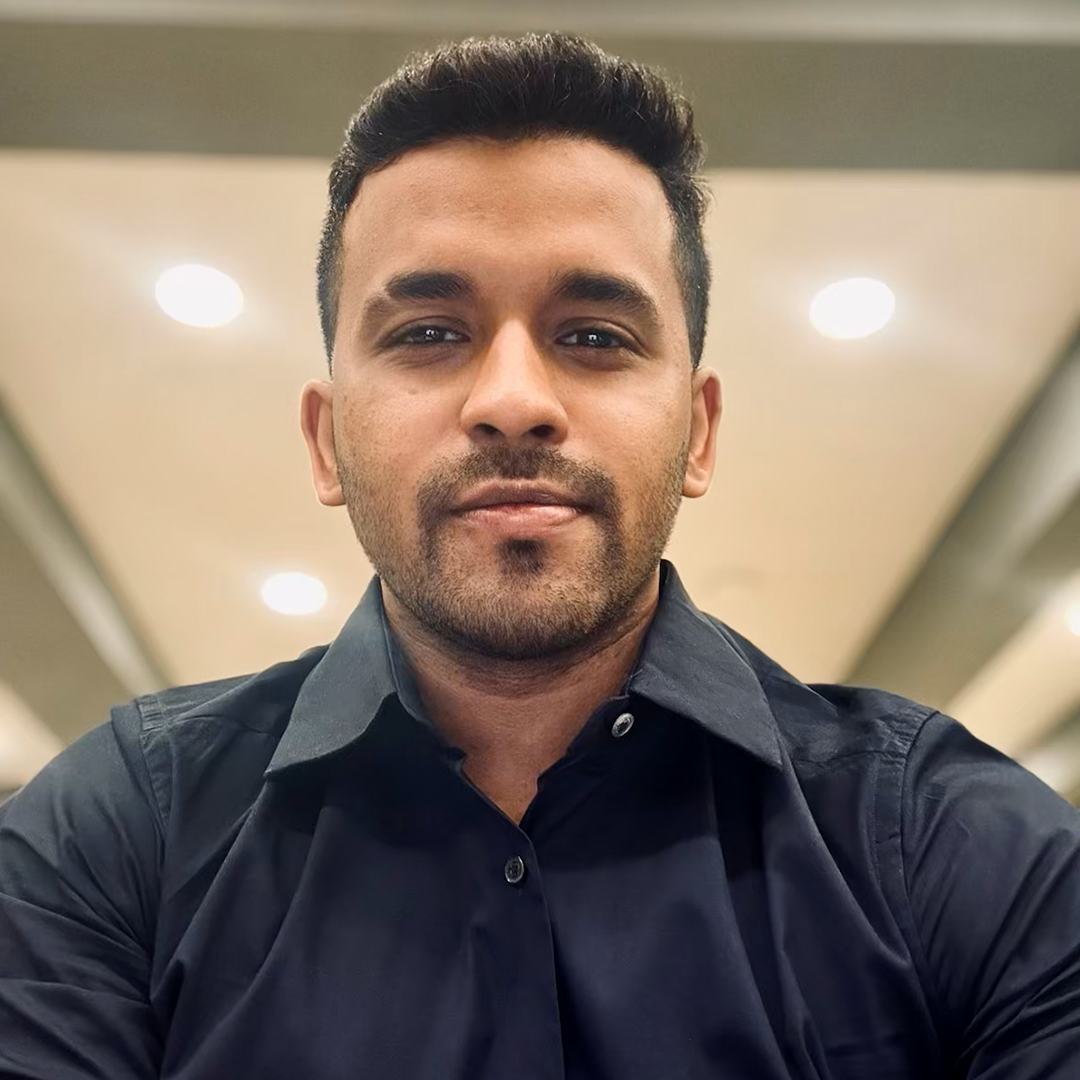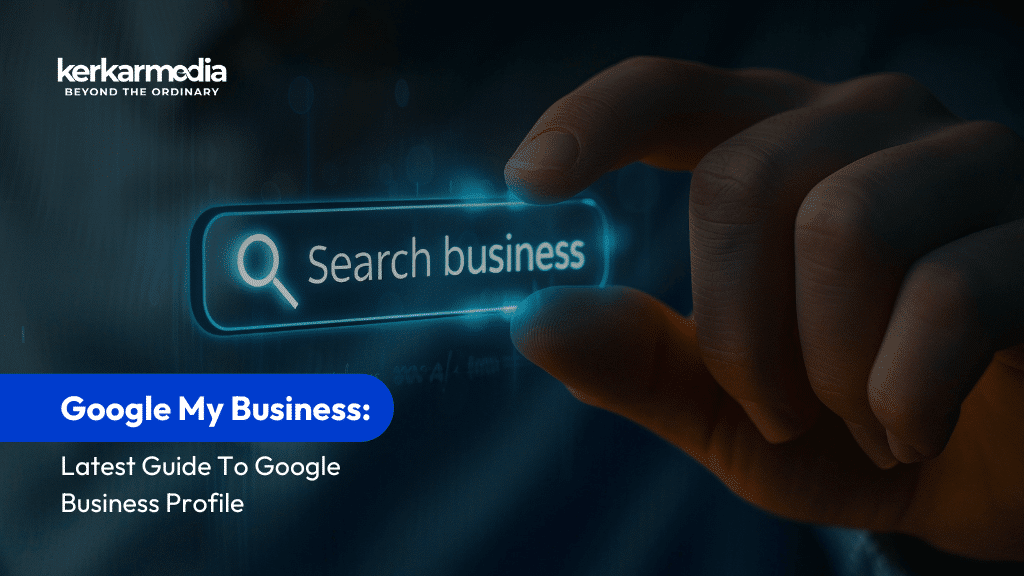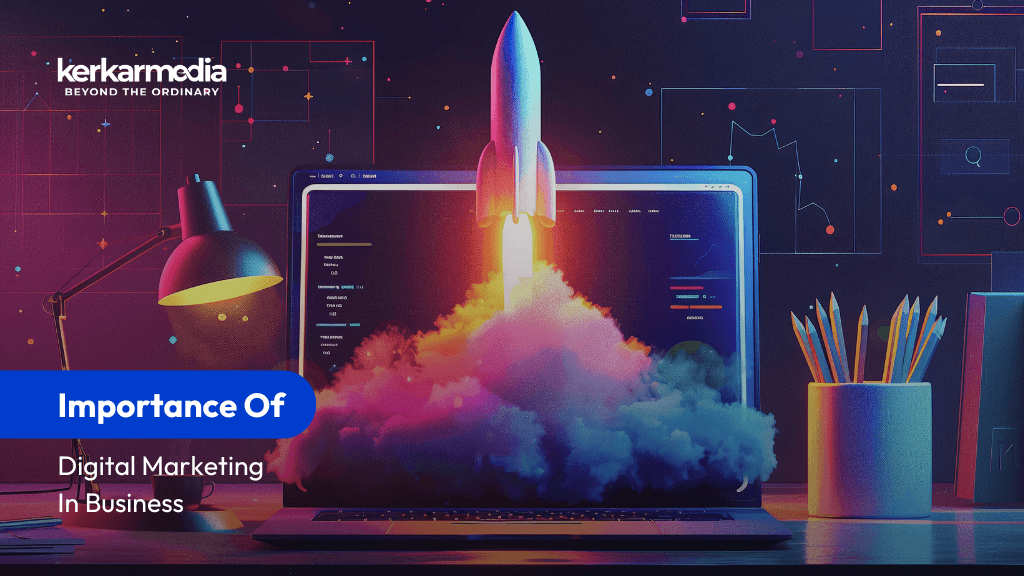How to Create a Result-Driven SEO Strategy In 2024
SEO can be complicated — in many cases, overcomplicated. How many ranking factors are involved in generating strong organic search results? Ten? Twenty? Thirty? Two hundred? A quick search for “SEO ranking factors” will give you all of these answers and myriad others. There is a lot of information out there. And the reality is, while there are likely hundreds of variables working together to determine final placement, much of what is suggested is guesswork. And certainly, not all ranking factors are relevant to every business. The point being, it is easy to get lost down an algorithmic rabbit hole. It’s information overload out there, and you can spend all your time on a research hamster wheel and achieve very little. There are many professional SEO Companies in Mumbai that offer SEO services. But not every SEO Company in Mumbai can draft a result-driven SEO Strategy for your brand.
In this article, I want to simplify things and outline the four main areas you should be focusing on with your SEO. Really, when it comes down to it, SEO is actually pretty simple at a strategic level. The four pillars of SEO
The Four Key Areas Of SEO That Site Owners Need To Consider In Their SEO Strategy Are:
- Technical SEO: How well your content can be crawled and indexed.
- Content: Having the most relevant and best answers to a prospect’s question.
- On-site SEO: The optimization of your content and HTML.
- Off-site SEO: Building authority to ensure Google stacks the deck in your favor.
Of course, these four areas have some complexity and overlap, but understanding your strengths and weaknesses in relation to them is key to focusing your efforts and building an excellent SEO strategy
1. Technical SEO Strategy:
Technical SEO is the most important part of any brand’s SEO Strategy. It can seem a little daunting, but really, what we are talking about is ensuring that a search engine can read your content and explore your site. Much of this will be taken care of by the content management system you use, and tools like Screaming Frog and Deep Crawl can explore your website and highlight technical problems. The main areas to consider here are:
- Crawl. Can a search engine explore your site?
- Index. Is it clear which pages the search engine should index and return?
- Mobile. Does your site adapt to mobile users?
- Speed. Fast page load times are a crucial factor in keeping your visitors happy.
- Tech. Are you using search-engine-friendly tech or CMS for your website?
- Hierarchy. How is your content structured on your website? If you are a small business using WordPress for your website, technical SEO should be something you can check off your list pretty quickly. If you have a large, bespoke website with millions of pages, then technical SEO becomes much more important. Much of what is considered “technical SEO” here is actually part of your website design and development. The trick is to ensure your developer understands the interplay between website design, development, and SEO and how to build a blisteringly fast and mobile-optimized site.
2. On-site SEO Strategy:
Your website should be optimized as a whole and at an individual page level. There is some crossover here from your technical SEO, and you want to start with a well-structured content hierarchy for your site. Assuming you have a well-structured site, applying sensible optimization is again relatively straightforward. The main areas to focus on here are:
- Keyword research. Understand the language of your target audience.
- Descriptive URLs. Ensure each URL is simple and descriptive.
- Page titles. Use keywords naturally within the page title.
- Meta descriptions. Craft meta descriptions like they were ad copy to drive clicks.
- Content optimization. Sensibly use keywords and variations in your page copy.
- Good user experience (UX). Ensure your site is a joy to use and navigate.
- Strong calls to action. Make it easy for your users to know what to do next.
- Structured data markup. Tap into the latest SERP features to improve click-through rates
When optimizing your site, according to your SEO Strategy take time to consider your customers. If you are a local business, then local SEO is more important, and your address and location become crucial optimization points. With solid technical SEO in place, layering your on-page optimization is straightforward. Use tools like Screaming Frog to crawl and identify weaknesses and methodically work through your pages.
3. Content:
Content is king. That’s the saying, right? It’s true in a way. Your website is really just a wrapper for your content. Your content tells prospects what you do, where you do it, who you have done it for, and why someone should use your business. And if you’re smart, your content should also go beyond these obvious brochure-type elements and help your prospective customers achieve their goals. For service businesses, we can loosely break your content down into three categories:
- Service content. What you do and where you do it.
- Credibility content. Why a prospect should engage with your business.
- Marketing content. Content that helps position you as an expert and puts your business in front of prospects earlier in the buying cycle. It’s really important to realize that SEO is important for all of these kinds of content, but it is often only really considered for service-type content. SEO is often forgotten when it comes to credibility content like reviews, testimonials, and case studies.
As a simple example, I recently renovated a Victorian-era house in the UK, and throughout the process, I was looking for various professionals that could demonstrate relevant experience. In this case, having a well-optimized case study showing renovation work on a similar house in the local area would serve as great long-tail SEO content — it also perfectly demonstrates that the contractor can do the job, which perfectly illustrates their credibility. Win-win. Ensure you optimize all of your marketing content, including case studies, portfolio entries, and testimonials — not just the obvious service pages.
A solid content marketing and SEO strategy is also the most scalable way to promote your business to a wide audience. And this generally has the best ROI, as there is no cost per click — so you are scaling your marketing without directly scaling your costs. This kind of SEO strategy is not right for every business, but when it is a good fit, it’s almost unbeatable.
Here are the key takeaways for creating an SEO Strategy:
- Optimize all content across the entire customer journey.
- Determine whether content marketing via organic search is a good fit. We still see way too many paint-by-numbers approaches to SEO, where local businesses are paying agencies to pump out blog posts that are strategically not a good fit. Ensure that all of your content is optimized, and if you are doing content marketing, ensure it is a good fit for your marketing tactics.
Eventually, all SEO rivers run to this one spot: authority building. Building your authority, in large part, involves link building. Links are still a crucial component to developing strong organic rankings; however, links can be the hardest part of SEO
to get right. It really is important here to get your link philosophy dialed in before you start, as this can truly make or break your link-building efforts. While link building is a deep topic that we can’t cover in-depth here, if you can at least develop a positive link-building philosophy, you are already ahead of the majority of your competition. The best way I have ever seen to describe the right link-building mindset was penned by the late, great Eric Ward: “Connect what should be connected.”
This philosophy is beautiful in its simplicity, and it serves to correct the “more, more, more” mentality of link building. We only want links from relevant sources. Often, this means that in order to scale our link-building efforts beyond the obvious tactics, we need to create something that deserves links. You have links where it makes sense for you to have links. Simple. Wikipedia has millions of links, yet I am pretty sure they have never done any link building. This is because they have reams of useful content that gets linked. These are real, natural links that enrich the linking page, provide further context and serve as the real connective tissue of this hyperlinked world we live in. This kind of natural link should be the backbone of your link-building efforts. This may mean you have to revisit the content on your site and create something of value first, but if you can nail that, then you are halfway home. Any safe, scalable link-building strategy should be built on this mindset.
Key takeaways here:
- Make sure you are building the kind of real links that make sense in the real world and won’t upset the qualitative and sometimes punitive parts of the algorithm.
- Ensure you have content that deserves to rank and deserves to be linked to.
The benefits of using SEO for your business are massive. Not only will this strategy increase your visibility online, it also helps you convert the traffic on your site to potential customers. The one thing that makes SEO services more effective is a constant conversation with your clients to better your services and understand the goals and objectives of your clients’ businesses.
It’s not true to think for a minute that SEO is dying. In fact, while you’re wondering whether or not it’s actually important to use SEO, your competitor is making progress using their services. It’s a long game, so the sooner you start, the further ahead you’ll be.
The coming paragraphs focus on the SEO case studies that made a great business impact on their respective companies. The case studies are discussed below:
1. Carlstahl Craftsman:
Carl Stahl Craftsman is an amalgamated venture of Carlstahl GMBH of Germany and craftsman automation of India. They are one of the leading manufacturers of lifting solutions for material handling – some of their products include electric chain hoists, wire rope hoists, and lifting tackles to assist in the lifting needs. Skill Set used: Search Engine Optimization – Competitor analysis, business listing, social bookmarking, Google analytics, keyword optimization, and website code optimization. Situation: Being the largest manufacturing company in India, Carlstahl focuses on expanding its growth in India with the help of a digital marketing solution. Their website suffers from lower search engine rankings and poor customer visits. We took the challenge as the opportunity to increase their website visitors and enhance their conversions by local listing and improving overall search engine ranking. Solution: We begin with analyzing their website, page ranking, and visitors – with an idea of optimizing their website, we framed an SEO strategy that involves keyword research, competitor analysis, content audit, local listing, and backlinking. We analyzed the most frequently used keywords by customers to search their niche products or services through Google keyword planner; we set up webmaster, sitemap, and Google analytics on their website to enable the website monitoring. We research their competitors to identify the major industry trends and techniques followed by the industries. To improve their search engine visibility, we optimized their website title, description, H1 tag, H2 tag, canonical tag, and image tag. For overall website ranking, we created quality backlinks through social bookmarking, directory submission, classified submission, forum posting, blog commenting and RSS feed creation. We build a Google business page for the company along with the details including business address, phone number, business timings, and customer reviews.
2. Belden Brick Company:
Industry: B-to C manufacturing
This case study was conducted for the Belden Brick Company, located in Canton, Ohio. This company sells its products mainly through distributors, and therefore its website has many pages given the huge product catalog. They hired an SEO company that has experience in the field – TKG SEO. The problem at hand was how to enhance the existing website and make it work better for clients. The size of the site required a lot of consistency for a heavy increase in leads.
What they did clearly, to make notable SEO improvements, effective strategies had to be put in place. This meant that digital experts and web marketing strategists with experience in whatever goes on behind the scenes of search engines had to be selected for this task.
What they ended up doing included:
- Researching on signing a global header and footer for the company. The experts took to the task of creating and well designing a header and a footer for their clients’ websites such that as Belden Brick added new products, the SEO company worked hand in hand with them to keep the website looking updated and cohesive at all times.
- Creating a new lead generation campaign. The process involved the exploitation of every possibility to make it work for their client. This involved the optimization of the code and content of the whole website, plus enabling better overall site usability.
The results of the website were able to convert an increased number of visitors by over 85% in less than a year. The consistency by which TKG kept adjusting the online marketing strategy for their client also led to scalable results. The number of visitors who revisited the site also increased, thanks to the increased quality of leads. To learn about SEO Techniques you can do an SEO course from the best digital marketing institutes in Mumbai or if you are a business looking to acquire online marketing services do reach out to the best digital marketing agency in Mumbai.










